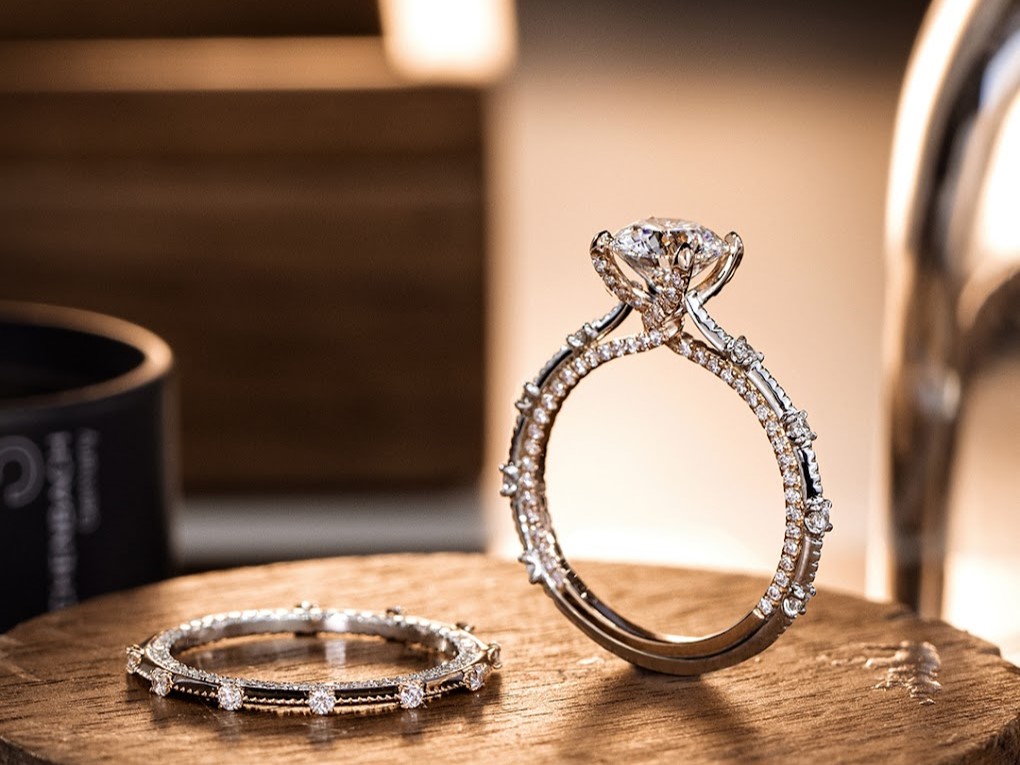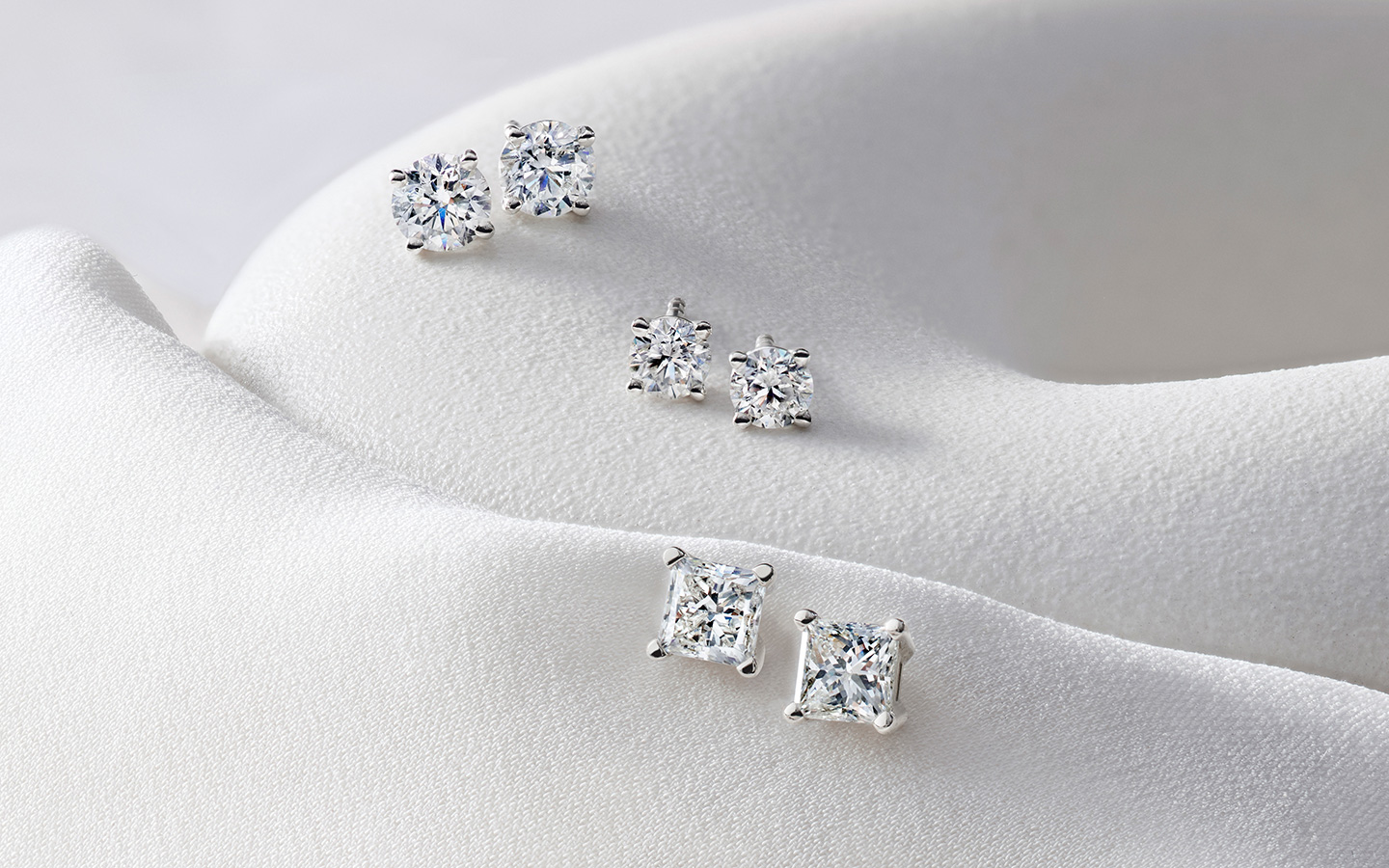In recent years, the jewelry industry has witnessed a remarkable transformation with the emergence of lab-grown diamonds. These diamonds, cultivated through advanced technological processes, offer a myriad of benefits over traditional mined diamonds. Let’s delve into the fascinating world of lab-grown diamonds and explore why they are becoming the preferred choice for both consumers and jewelers alike.
Table of Contents
Understanding the Rise of Lab-Grown Diamonds
Lab-grown diamonds, also known as synthetic or cultured diamonds, are produced in controlled laboratory environments rather than mined from the earth’s crust. This innovative approach to diamond production has gained significant traction in recent years due to its numerous advantages and ethical considerations.
What Are Lab-Grown Diamonds?
Lab-grown diamonds are created using cutting-edge technology that replicates the natural process of diamond formation. By subjecting carbon atoms to high pressure and temperature within a controlled chamber, scientists are able to stimulate the crystallization process, resulting in the growth of diamond crystals. These crystals are then meticulously cut and polished to achieve the desired clarity and brilliance.
Advantages Over Mined Diamonds
One of the primary advantages of better lab grown diamonds is their ethical superiority. Unlike traditional mined diamonds, which are often associated with unethical labor practices and environmental degradation, lab-grown diamonds are produced in a sustainable and socially responsible manner. By opting for lab-grown diamonds, consumers can support ethical practices within the jewelry industry and contribute to positive social change.
Furthermore, lab-grown diamonds boast a significantly lower environmental impact compared to their mined counterparts. The mining of natural diamonds requires extensive land excavation and can result in habitat destruction, soil erosion, and water contamination. In contrast, lab-grown diamonds require minimal land usage and produce negligible environmental footprint, making them a more eco-friendly choice for conscientious consumers.
Quality and Purity
Contrary to common misconceptions, lab-grown diamonds exhibit the same chemical, physical, and optical properties as natural diamonds. In fact, lab-grown diamonds often surpass natural diamonds in terms of purity and clarity, as they are cultivated under controlled conditions free from impurities. This ensures that each lab-grown diamond is of exceptional quality and radiates unparalleled brilliance.
Affordability
One of the most compelling advantages of lab-grown diamonds is their affordability. Due to the streamlined production process and reduced overhead costs, lab-grown diamonds are typically priced significantly lower than mined diamonds of comparable quality. This makes them accessible to a wider audience and allows consumers to enjoy the luxury of diamonds without breaking the bank.
Customization Options
Another enticing aspect of lab-grown diamonds is the flexibility they offer in terms of design and customization. Since lab-grown diamonds can be cultivated in various shapes, sizes, and colors, consumers have the freedom to create bespoke jewelry pieces that reflect their individual style and preferences. Whether it’s a classic solitaire ring or a contemporary statement necklace, the possibilities are endless with lab-grown diamonds.
Durability and Longevity
Lab-grown diamonds are renowned for their exceptional durability and longevity. Thanks to their crystalline structure and molecular integrity, lab-grown diamonds are highly resistant to scratches, chipping, and abrasion, ensuring that they retain their beauty and brilliance for generations to come. With proper care and maintenance, lab-grown diamonds can withstand the test of time and serve as enduring symbols of love and commitment.
Market Trends
The demand for lab-grown diamonds has been steadily increasing in recent years, driven by shifting consumer preferences and growing awareness of ethical and environmental issues. As a result, many leading jewelry brands and retailers have begun incorporating lab-grown diamonds into their collections, further fueling the momentum of this burgeoning market segment. With an expanding array of options and designs available, consumers are increasingly drawn to the allure of lab-grown diamonds.
Consumer Confidence
One of the key factors driving the adoption of lab-grown diamonds is the assurance of quality and authenticity. To address any concerns regarding the origin and provenance of lab-grown diamonds, reputable manufacturers adhere to stringent certification standards and provide comprehensive documentation verifying the authenticity of their products. This transparency instills confidence in consumers and empowers them to make informed purchasing decisions with peace of mind.
Innovation and Technology
The ongoing advancements in diamond cultivation technology have paved the way for groundbreaking innovations in the field of lab created diamonds. Researchers and scientists are continually exploring new techniques and methodologies to enhance the efficiency, sustainability, and scalability of diamond production. From precision engineering to advanced spectroscopy, these technological breakthroughs are revolutionizing the way diamonds are created and perceived.
Social Perception
As societal attitudes towards sustainability and ethical consumption continue to evolve, lab-grown diamonds are gaining widespread acceptance and recognition as a viable alternative to mined diamonds. The narrative surrounding lab-grown diamonds is shifting from novelty to necessity, as consumers prioritize ethical considerations and environmental stewardship in their purchasing decisions. With greater awareness and education, lab-grown diamonds are reshaping the cultural perception of luxury and redefining the standards of responsible consumption.
Sustainability
One of the defining characteristics of lab-grown diamonds is their inherent sustainability. By harnessing renewable energy sources and implementing closed-loop manufacturing processes, manufacturers can minimize waste and reduce their carbon footprint. Additionally, the use of recycled materials and eco-friendly practices further enhances the sustainability credentials of lab-grown diamonds, making them a sustainable choice for eco-conscious consumers.
Investment Potential
In addition to their ethical and environmental benefits, lab-grown diamonds also hold considerable investment potential. As the demand for sustainable and ethically sourced diamonds continues to rise, the value proposition of lab-grown diamonds is expected to increase accordingly. With growing consumer awareness and market acceptance, investing in lab-grown diamonds offers a promising opportunity for long-term growth and financial stability.
Practical Considerations
When purchasing lab-grown diamonds, it’s essential to consider various factors such as quality, certification, and warranty coverage. Look for reputable manufacturers and retailers that adhere to industry standards and provide transparent information about their products. Additionally, inquire about warranty options and after-sales services to ensure that your investment is protected and supported.
Conclusion
In conclusion, the emergence of lab-grown diamonds represents a paradigm shift in the jewelry industry, offering a compelling alternative to traditional mined diamonds. With their ethical superiority, environmental sustainability, and exceptional quality, lab-grown diamonds are revolutionizing the way we perceive and value diamonds. By embracing the evolution of diamonds, consumers can make a positive impact on both the planet and the jewelry industry, paving the way for a more sustainable and responsible future.




